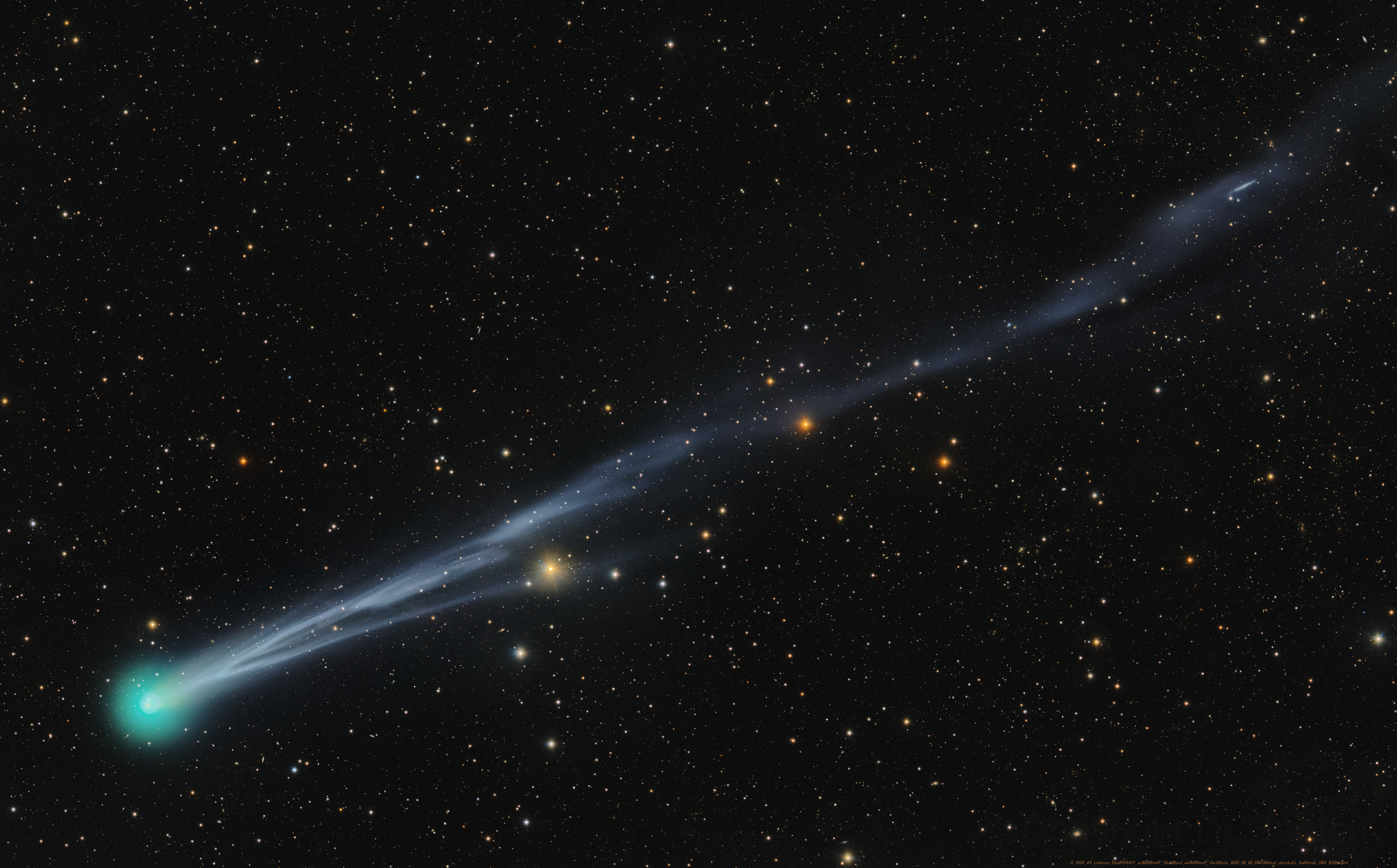Experts Calculate Risk of Uncontrolled Hubble Re-entry
If NASA's Hubble Space Telescope (HST) fireballs into Earth's atmosphere on its own, the reentry of that massive orbiting observatory violates the space agency's own safety standard.
Engineers from the NASA Orbital Debris Program Office were tasked to calculate the risk to human population should the HST reenter the Earth's atmosphere in an uncontrolled manner.
Don't worry. No need for hard hats or anti-debris umbrellas as yet.
Based upon the latest configuration and orbit of HST and on solar activity projection, HST is expected to reenter Earth's atmosphere around the year 2020. Furthermore, studies are now underway to, perhaps, robotically save the telescope, nudging it to a higher altitude for prolonged looks at the surrounding universe. HST could also be ditched in a controlled way into a remote stretch of ocean.
But in the event that HST waterfalls from space in willy-nilly fashion -- look out below!
At least two tons (2,055 kilograms) of the estimated 26,000 pounds (11,792 kilograms) of the observatory would survive the fiery fall. Such a tumble would create a debris footprint stretching over 755 miles (1,220 kilometers) in length.
That's the word from a study group led by Ries Smith, an aeronautical Engineer at Lockheed Martin Space Operations in Houston, Texas. Their work is reported in the October newsletter of the Orbital Debris Quarterly News issued by NASA's Orbital Debris Program Office at NASA's Johnson Space Center in Houston, Texas.
Breaking space news, the latest updates on rocket launches, skywatching events and more!
For you software extremists out there, the reentry survivability analysis was done using the NASA Object Reentry Survival Analysis Tool (ORSAT), version 5.8.
The analysis suggests that the risk posed to the human population in the year 2020 is 1:250 - a risk that exceeds the risk of 1:10,000 cited in NASA Safety Standard 1740.14.
A two-armed Canadian-built android, the Special Purpose Dexterous Manipulator, know as DEXTRE, launched from Cape Canaveral and operated by an astronaut in Houston is emerging as the leading candidate for a robotic mission to save Hubble.

Leonard David is an award-winning space journalist who has been reporting on space activities for more than 50 years. Currently writing as Space.com's Space Insider Columnist among his other projects, Leonard has authored numerous books on space exploration, Mars missions and more, with his latest being "Moon Rush: The New Space Race" published in 2019 by National Geographic. He also wrote "Mars: Our Future on the Red Planet" released in 2016 by National Geographic. Leonard has served as a correspondent for SpaceNews, Scientific American and Aerospace America for the AIAA. He has received many awards, including the first Ordway Award for Sustained Excellence in Spaceflight History in 2015 at the AAS Wernher von Braun Memorial Symposium. You can find out Leonard's latest project at his website and on Twitter.
